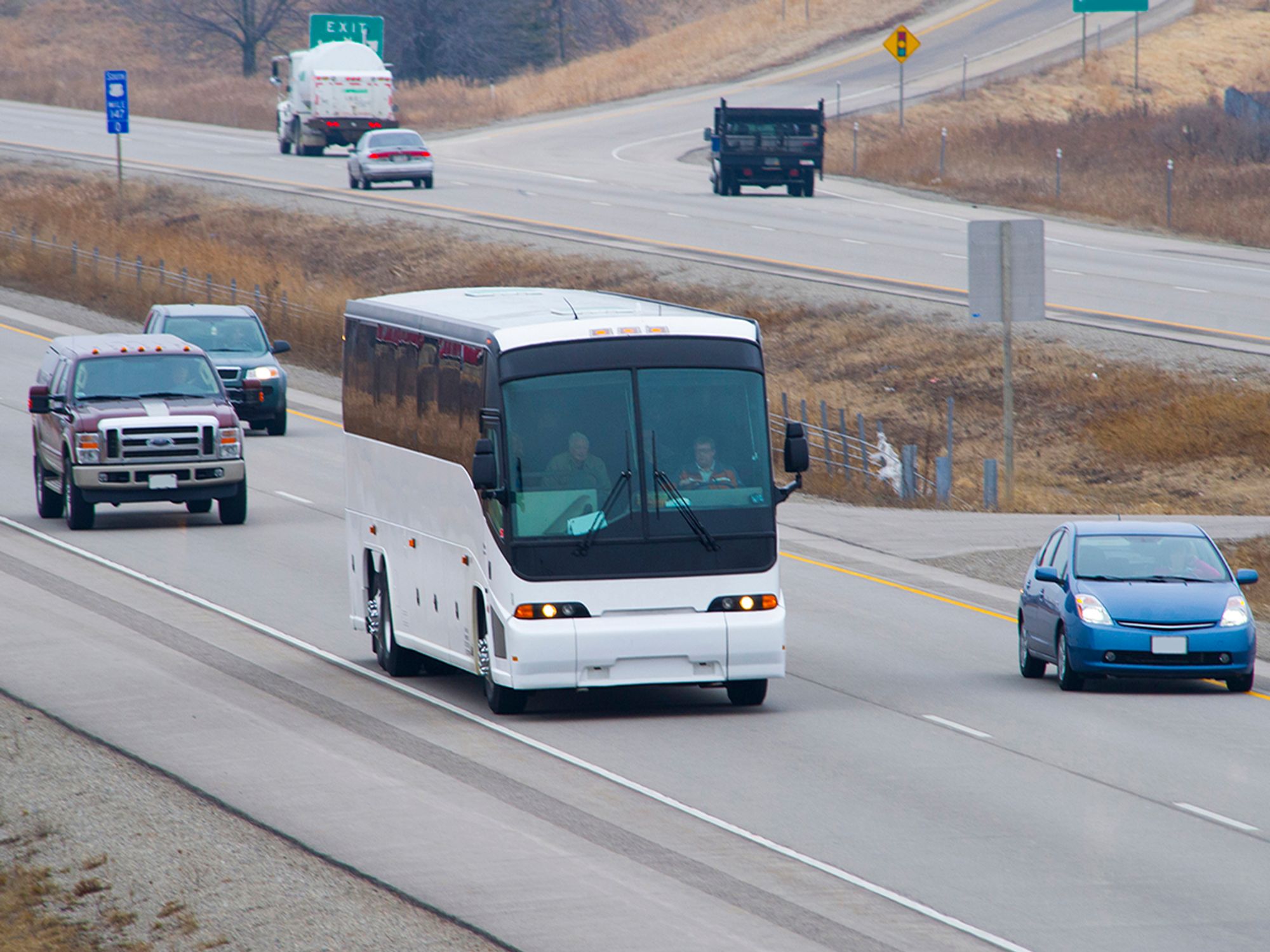InstituteFleet Safety15-hour on-duty rule70-hour 8-day limit60-hour 7-day limitHours of ServiceHours of Service10-hour driving ruleTransportationEnglishAnalysisFocus AreaCompliance and Exceptions (Level 2)USA
HOS limits: Passenger-carrying vehicles
['Hours of Service']

- A driver may not operate a passenger-carrying CMV without first taking 8 consecutive hours off duty and/or in a sleeper berth.
- A driver may not operate a passenger-carrying CMV for more than 10 total hours following 8 consecutive hours off duty.
- A driver may not operate a passenger-carrying CMV after accumulating 15 on-duty hours following 8 consecutive hours off duty.
- A driver may not operate a passenger-carrying CMV after accumulating 60 on-duty hours in 7 days (or 70 hours in 8 days if the carrier operates CMVs every day of the week).
There are three basic hours-of-service (HOS) limits for drivers of passenger-carrying vehicles: the 10-hour driving rule, the 15-hour on-duty rule, and the 60- or 70-hour rule, in addition to the 8-hour off-duty requirement. Each of these is intended to prevent crashes caused by fatigued driving.
- 8 hours off duty — A driver may not drive a passenger-carrying commercial motor vehicle (CMV) without first taking eight consecutive hours off duty and/or in a sleeper berth. This is to ensure the driver is well rested before driving.
- 10 hours driving — A driver may not drive a CMV for more than 10 total hours following 8 consecutive hours off duty.
- 15 hours on duty — A driver may not drive a CMV after accumulating 15 on-duty hours following 8 consecutive hours off duty.
- 60/70 hours on duty — A driver may not drive a CMV after having been on duty 60 hours in any 7 consecutive days or — for companies that operate CMVs 7 days per week — 70 hours in any 8 consecutive days.
How are these limits tracked?
Drivers and motor carrier must keep close watch on their hours and must stop driving when they reach a limit. Many drivers must use an electronic logging system to track their hours, others can use paper logs, and some may use basic time records.
What happens if a driver exceeds one of the limits?
Exceeding an HOS limit can lead to fines, an out-of-service order, a blot on the driver’s safety record, and other penalties.
